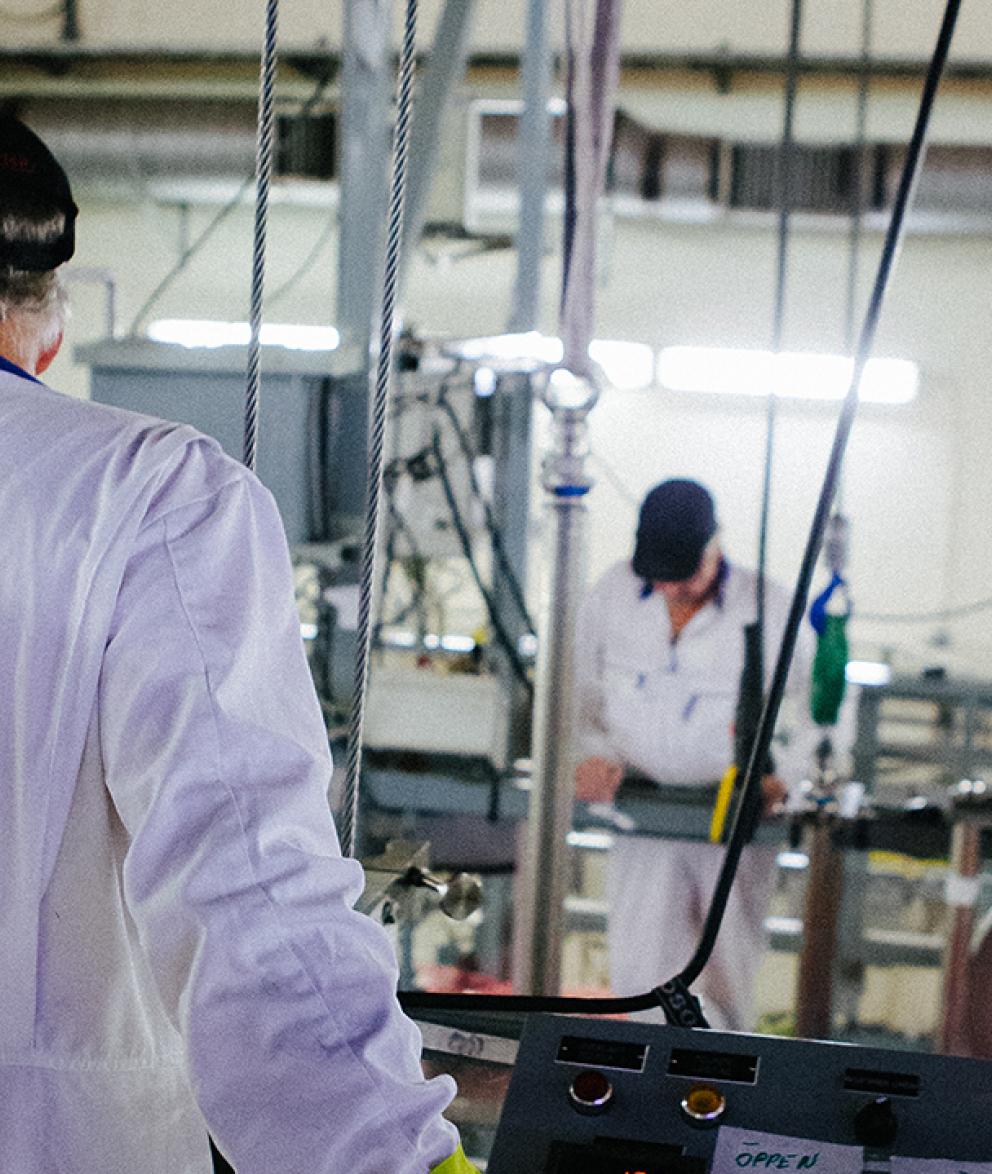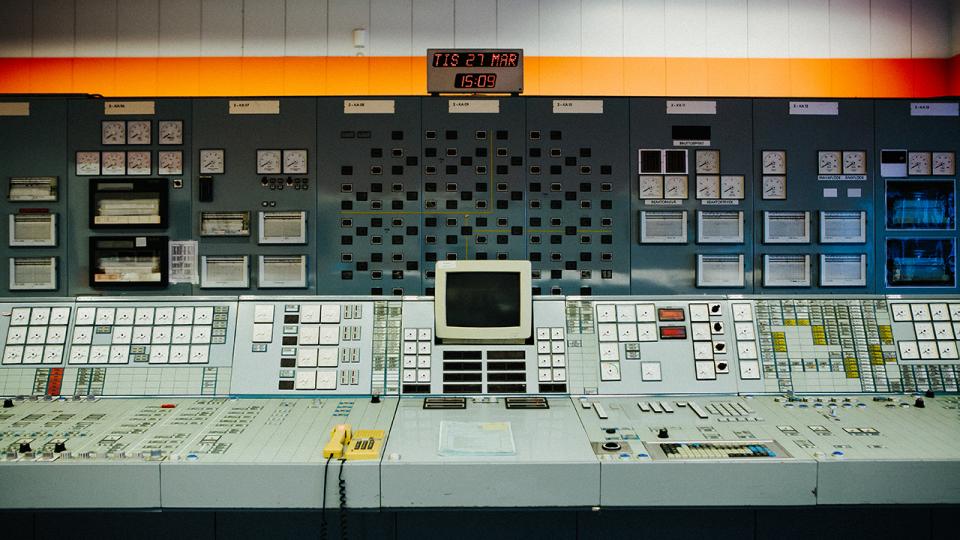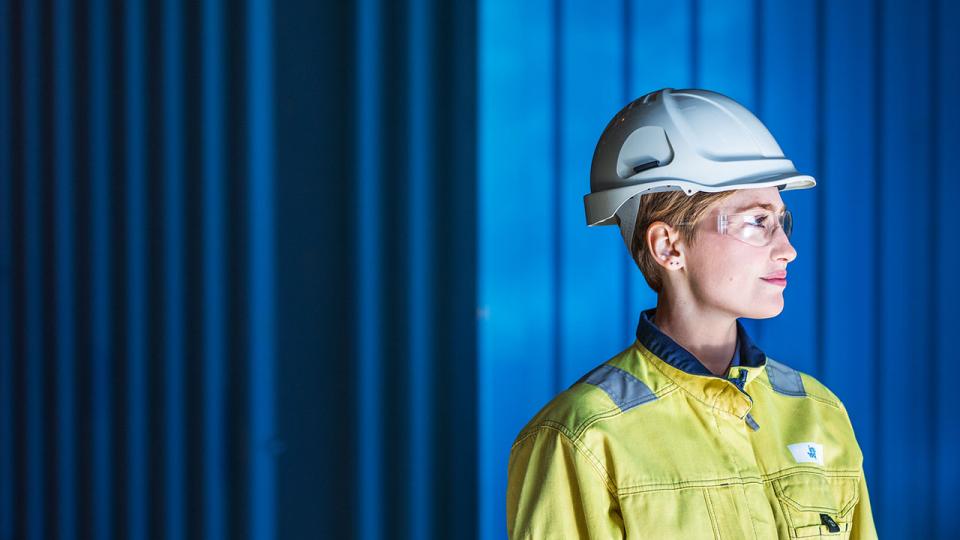The advantage of radiation is that it is easy to measure and actually dissipates over time. Furthermore, after many years of research, the risks and the biological effects of radiation are well known. There are many forms of radiation and they each have their own properties.
Ionizing radiation
Ionizing radiation can be divided into electromagnetic radiation (waves from electric and magnetic fields (gamma rays and X-rays) and particle radiation (a stream of particles from atomic nuclei, such as alpha, beta and neutron radiation). Gamma rays and X-rays are the same form of radiation, but have different origins. X-rays are created by artificial waves from an X-ray tube, while gamma rays come from the atomic nuclei of radioactive substances.
Ionizing radiation can form ions in the radiated object – a process known as ionization. Ionization can cause permanent changes or damage to the radiated object, such as the genetic make-up of the body’s cells. A common misconception is that the irradiated objects themselves become radioactive. On the other hand, an object can become contaminated with radioactive particles and thus become radioactive.
Non-ionizing radiation
This is an electromagnetic radiation that does not have the potential to break atoms or molecules. Neither does it cause the formation of ions. Nevertheless, this does not stop it from potentially causing other changes and damage to the irradiated object. For example, ultraviolet (UV) radiation can cause sunburn and could, in the worst case, change the property of skin cells in a manner that leads to cancer.
Non-ionizing radiation is divided into optical radiation and radiofrequency radiation. Optical radiation is in turn divided into visible light, UV radiation and infrared radiation.
The spectrum of optical radiation that we can perceive with our eyes is visible light.
UV radiation
This form of radiation comes mostly from the sun, a natural source of radiation, but can also be created artificially (for example, by solariums and electric welding equipment).
Infrared radiation
Infrared radiation is emitted from all warm objects, such as lightbulbs and hotplates.
Radiofrequency radiation
Microwaves, radio waves and low-frequency electromagnetic fields, are mostly created artificially and collectively referred to as radiofrequency radiation.
Ultrasound
Ultrasound also counts as non-ionizing radiation and is created artificially.
How radiation is measured
Activity
The activity of radioactive substances is measured in becquerel (Bq). One becquerel indicates the disintegration of one radioactive atomic nucleus per second. Surplus energy is transmitted as ionizing radiation. The normal level of activity in an adult human is about 7,000 Bq (100 Bq/kg).
Radiation dose
The amount of radiation absorbed by the body is referred to as a radiation dose and is measured in millisievert (mSv), i.e., thousandths of sievert.
Half-life
All radioactive substances will lose their radioactivity over time. The speed at which this occurs depends on the matter’s properties. Half-life is the time that it takes for the activity of radioactive substances to be reduced by half. Half-life does not measure how hazardous a substance is – only how quickly its radiation is reduced.
Radiological protection
Much of the safety work at a nuclear power plant pertains to maintaining a safe radiological environment. At the Barsebäck Plant, radioactive materials still remain and it is crucial that radioactive substances are not spread in the plant and to the personnel or the surroundings. A nuclear power plant’s radiation can be stopped by a one-centimeter thick layer of lead, one decimeter of concrete or two meters of water. Keeping your distance from a radioactive object is often sufficient to offer complete radiological protection. The storage of core components is an important part of the Barsebäck Plant’s demolition process. Steel tanks, together with the building’s concrete walls, fully protect the surroundings from the radiation emanating from the core components.
Read more about the handling of demolition waste
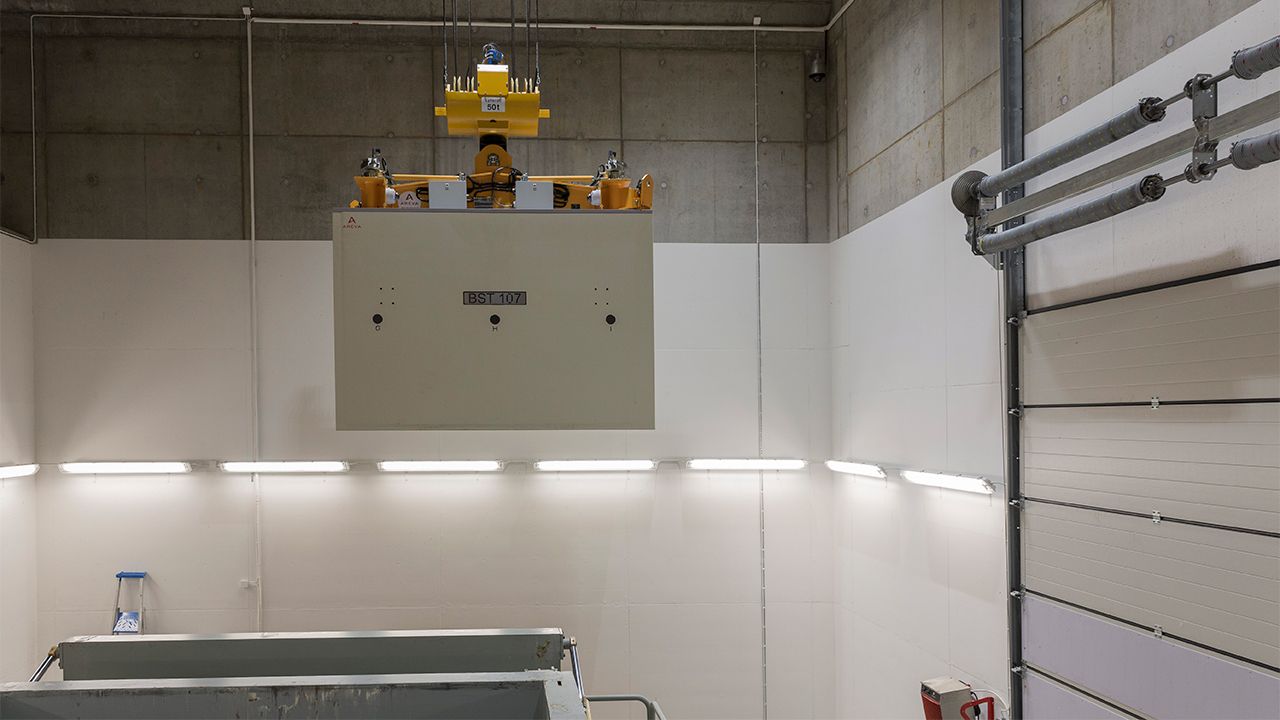
A nuclear power plant is sectioned into zones, depending on the level of radiation. The zones are called controlled radiation areas. When entering a controlled radiation area, protective clothing must always be worn, regardless of whether it pertains to conducting repairs, taking instrument readings, tidying up or a field trip.
Everyone who works in the plant has a personal dosimeter to register their radiation exposure. The dosimeter is read and reset once a month. An additional dosimeter is used for checking the immediate radiation level. The values of all the dosimeters are stored in a centralized database. When conducting special work at the plant, all personnel bring along an instrument to determine the presence of any radiation.
Radioactivity can be washed away
Every person must pass through a portal monitor when leaving a controlled radiation area with potential exposure to radioactivity. The portal checks to ensure that no one leaves with any contamination by radioactive particles. If any radiation is detected, the person must wash themselves, usually just their hands, and be checked again.
Tools and components that have been used in the process can also be cleaned of radioactive particles before being allowed to leave the plant.
Radiation dose limits
The Swedish Radiation Safety Authority (SSM) is responsible for setting the limits for how much radiation one may be exposed to in Sweden. The dose limits are applicable not only to the personnel of nuclear power plants, but encompass individuals who work with ionizing radiation within, for example, healthcare, industry and research.
The maximum permissible exposure per individual per year is 20 mSv. Other dose limits are applicable to pregnant women.
|
Radiation dose |
mSv |
|
Dental X-ray |
0.01 |
|
Abdominal X-ray |
1 |
|
Annual average dose for nuclear power plant workers (at nuclear power plants still in operation) |
2.5 |
|
Annual average dose for the personnel serving on passenger planes |
5 |
|
Full-body dose from extensive X-ray examination, such as intestinal X-ray |
6 |
|
Acute radiation sickness (nausea, vomiting) |
1,000 |
|
About half of those affected die from acute whole-body exposure |
3,000 |
|
100% fatality from acute whole-body exposure |
5,000 |
Effects of radiation
Radioactive substances and X-rays emit such high levels of energy that they can change atoms that cross their paths – a process known as ionization.
The exposure of human tissue to radiation could, for example, damage the genetic make-up (DNA) of its cells. Although damaged cells are normally repaired or rejected, the radiation damage can potentially cause cancer. High radiation doses that destroy many of the cells in the tissue could also cause acute radiation sickness and fetal damage.
With what we know about radiation today, it is estimated that a one-time dose of 20 mSv increases the risk of dying from cancer by 0.1%. It may take up to 20 years for cancer to manifest from low doses of radiation.
Naturally occurring background radiation
Radiation from radioactive substances is a natural part of our environment. Radiation originates from space, the ground and even our own bodies. This form of radiation is known as natural background radiation and the average Swedish inhabitant receives about 1 mSv’s (millisievert) worth.
Cosmic radiation
Radiation from space is normally quite minimal – approximately 0.3 mSv per person per year in Sweden. The higher the altitude, the higher the radiation levels. Airline personnel who serve on flights at an altitude of 10,000 meters may receive an additional radiation dose of several mSv per year.
Terrestrial radiation
Radiation will vary considerably depending on your location. In Sweden, the radiation dose averages 0.5 mSv per person per year, but at the rocky cliffs of Bohuslän province for example, the dose could be three to four times higher than in other locations. Drinking water may contain radioactive substances, primarily radon.
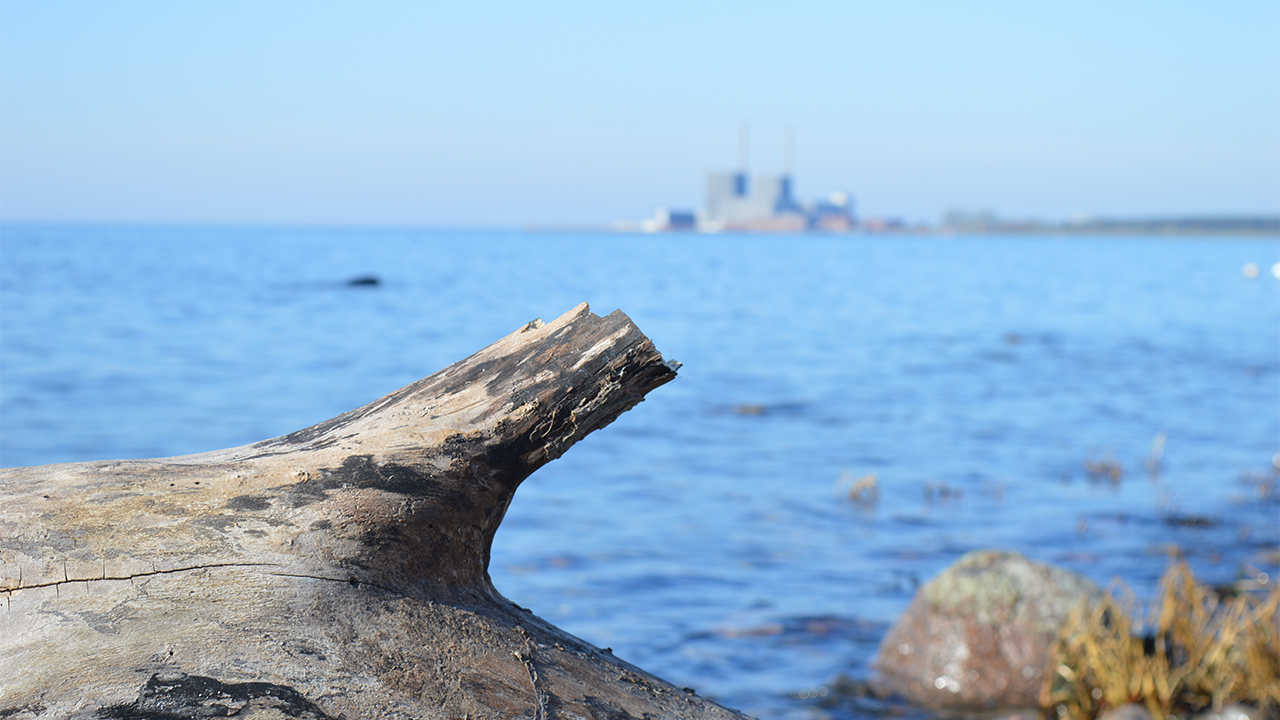
The human body
The human body contains radioactive substances, primarily potassium-40 and carbon-14, which naturally expose us to radiation – a relatively small dose of about 0.2 mSv per person per year.
Average radiation dose in Sweden
In Sweden, we are normally exposed to an average radiation dose of 3 mSv per year. This includes radiation from the radon existing in houses and healthcare-related radiation.
INES scale – for classifying a nuclear power plant event
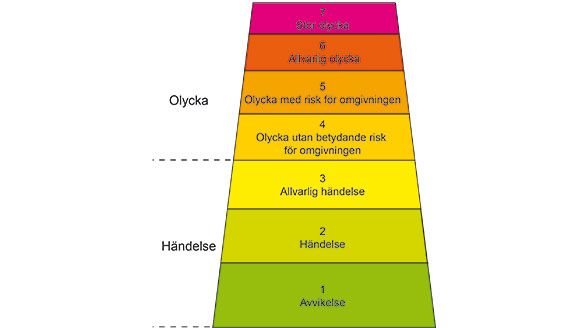
INES stands for “International Nuclear Event Scale” and was developed by the UN’s International Atomic Energy Agency (IAEA). The classification of events at nuclear power plants in accordance with the INES scale enables the general public and media to quickly understand the seriousness of the event. The INES scale is comparable with the Richter scale for earthquakes.
Three critical criteria
- Environmental consequences = release of radioactivity to the environment.
- Impact on the site = release of radioactivity in the facility.
- Degradation of defense in depth = impact on the facility’s safety barriers.
The criterion that triggers the highest level is critical to the event’s assessment. INES has seven levels. Events that are insignificant from a safety perspective are classified as zero (0), i.e., below scale. Level 1–3 = events or incidents and level 4–7 = accident
Find out more
Facts and technical data relating to Barsebäcksverket’s two decommissioned reactors.
